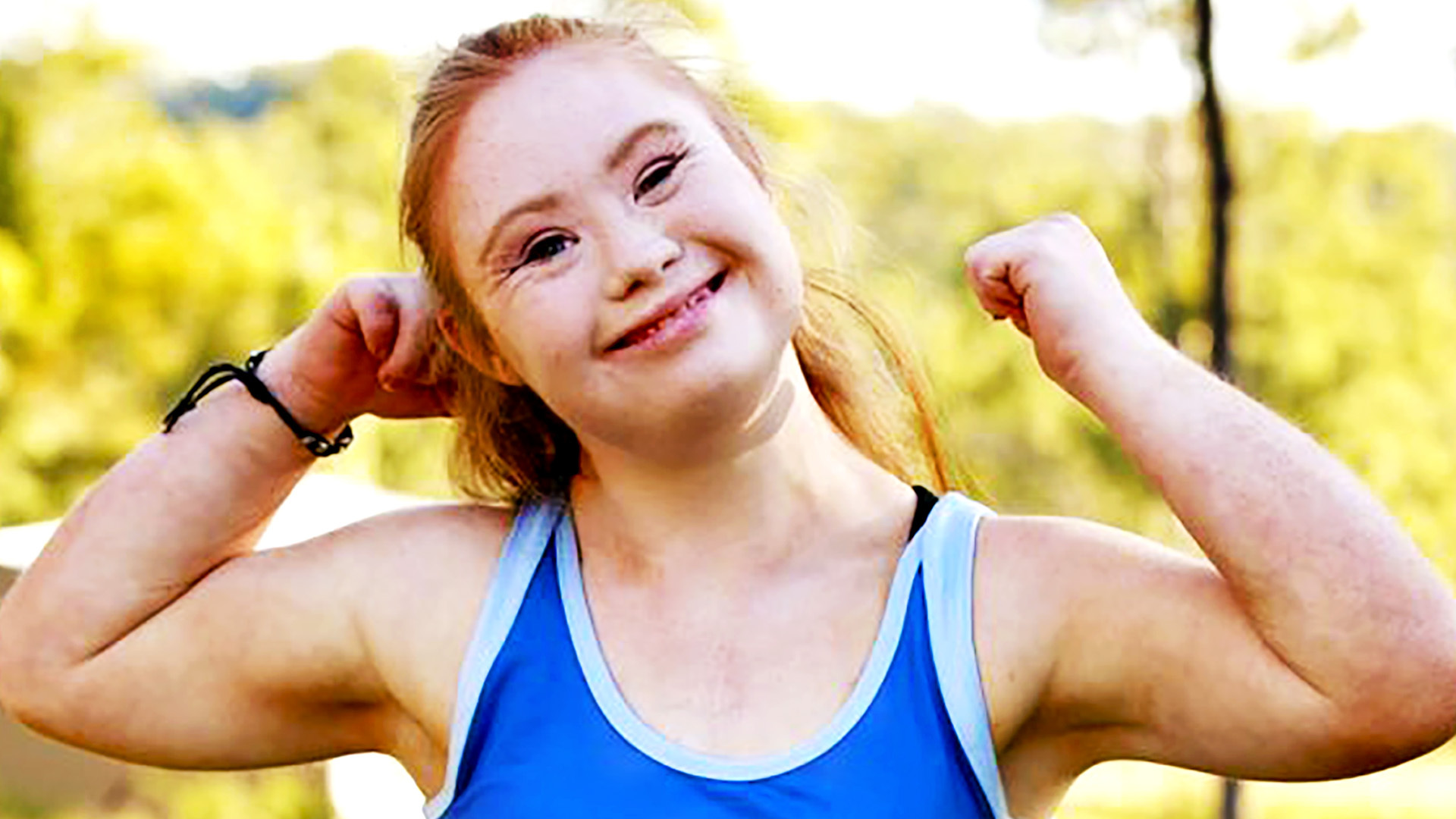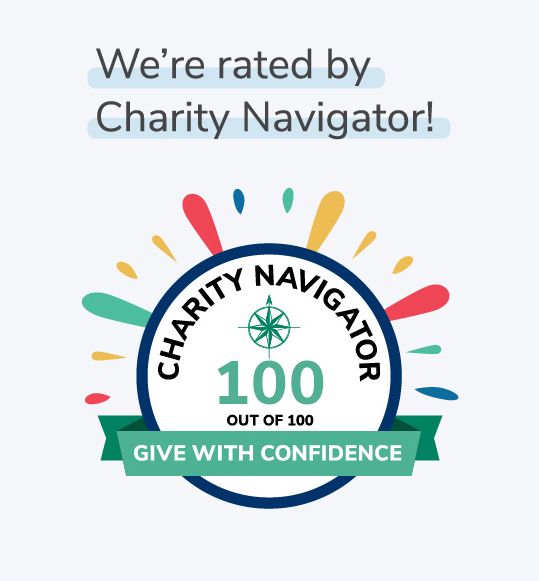submitted by Ronie Salazar/Veed
 Making our society more livable for all people is a responsibility that falls on everyone, not just those with disabilities. We all can & should take action to promote the rights of each other. What you can do to promote disability justice takes thought & effort. Support for adults and kids with disabilities takes many forms. To help you support those facing challenges, we’ve put together the following list.
Making our society more livable for all people is a responsibility that falls on everyone, not just those with disabilities. We all can & should take action to promote the rights of each other. What you can do to promote disability justice takes thought & effort. Support for adults and kids with disabilities takes many forms. To help you support those facing challenges, we’ve put together the following list.
Inspire Them to Believe in Themselves
Even if you can’t always be there, make sure the person with a disability knows that they always have your support & encouragement. When they feel like giving up, help them find ways to keep going. Encourage them to try new things and show them that they are capable of doing things that they never thought possible. Be patient with yourself and others, but persistent when it comes to helping people achieve their goals—especially if those goals seem out of reach.
Volunteer Together
Volunteering together is a great way to connect with other, make new friends & feel like part of your community. Consider volunteering at a food bank, hospital, school, animal shelter, or senior center. These places often need volunteers for all kinds of jobs—from sorting food donations to making sandwiches for kids in the cafeteria—and they’re always looking for volunteers willing to help out regularly!
You could also sign up together for an event like 5K races or marathons. There are plenty of ways that you can support each other as you train: maybe one person will run while the other walks; maybe one person will cook healthy meals while the other researches new recipes…you get the idea!
Do Not Make Assumptions about Their Disability
Avoid making assumptions about someone’s ability to do something. For example, if someone is tackling a new challenge, don’t assume that they need help. Instead, ask if they would like help. This way you won’t offend them by making them feel like they can’t do things on their own. If someone has trouble doing certain tasks, ask if you can help. Follow their lead and assist as you’re instructed. That will help you maintain a better sense of equality in your relationship & ensure that everyone feels included.
Ask About Their Preferences
One of the best ways to empower a person with a disability is to ask them about their preferences. Everyone has different needs & wants–respect these differences.
Ask your friend how they want the people in their life to treat them. For example, do they prefer people to ask more questions or to talk less? Do they need time alone after spending time with others? Do they prefer being independent or being helped by others?
By asking your friend what works for them & listening as they share their thoughts & feelings, you’ll foster a healthier environment for everyone.
Encourage Them to Explore Their Creative Side
There are many ways to express yourself creatively, and these tools can empower people with a disability.
- Art therapy is a great way to express emotions & feelings through art. The artist can use different media like clay, paint & collage, and both the artistic process and the resulting piece can be very therapeutic.
- Music therapy helps people who have trouble communicating verbally learn to communicate through music instead. It also helps people improve coordination, focus & self-esteem through singing or playing an instrument.
- Video editing is another outlet for creativity while also improving problem-solving skills. This can be done by editing home movies or even creating original content.
Share Awareness by Posting Videos
People with disabilities can share awareness by making videos and posting them on social media. They can also share their personal experience and give advice to people who are interested in getting to know more about them. By sharing their story, they may become more comfortable with themselves and how they live their life. Here are some examples:
People with disabilities can also make a difference by raising awareness of the need for public places like restaurants, shops & banks to be fully accessible to people of all abilities. For example, many people with disabilities need accessible parking spaces to park safely near their destination at work or a store. However, when businesses don’t have accessible parking spots available for people with disabilities, it can be hard for them to get inside the building.
When creating videos, look for free online resources for video editing, use a video compressor to retain its quality & add music to make it more engaging.
In Summary
We hope you’ve learned a lot about empowerment and feel more inspired to reach out to someone who needs it. Remember, there are so many ways you can empower a person with a disability—the best part is that they don’t have to know they’re being empowered! You might be surprised by how much good your simple actions can do in their lives.
Ronie Salazar is from Veed. He is a passionate content marketer with a wealth of knowledge in the online space. His curiosity and enthusiasm led to the development of a constantly expanding portfolio that includes anything from video editing services to publishing his original creations on top-notch websites.










